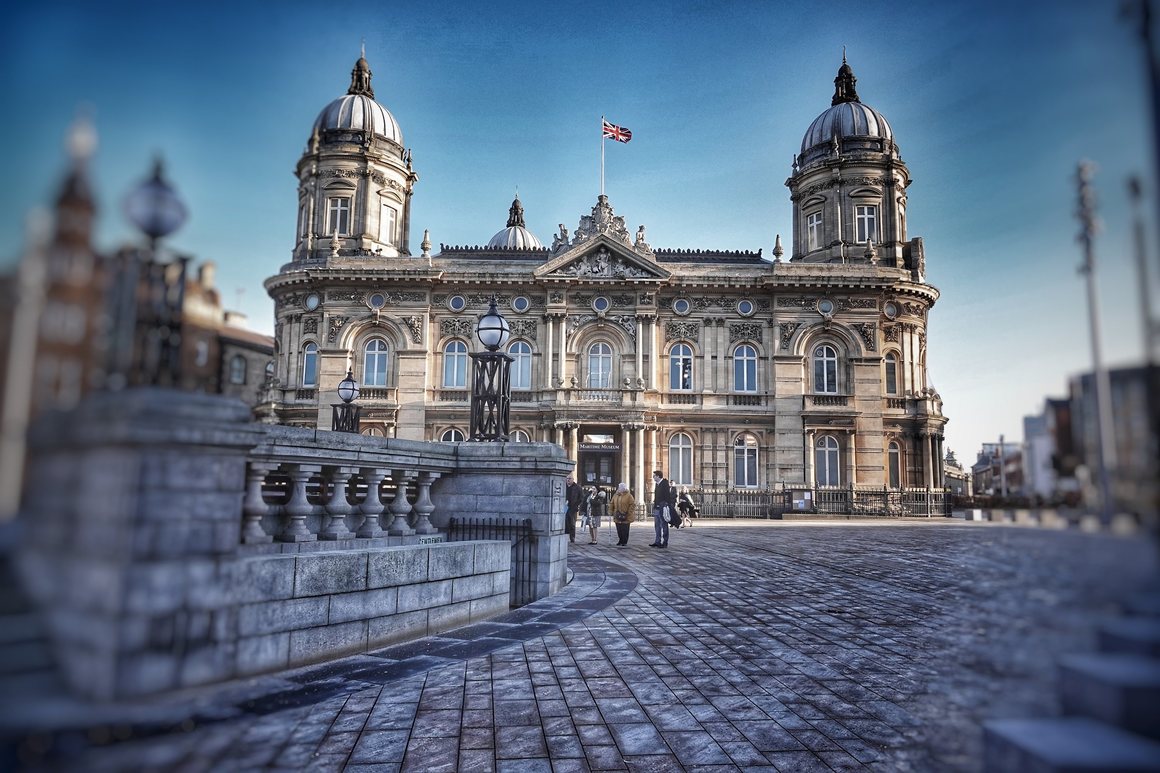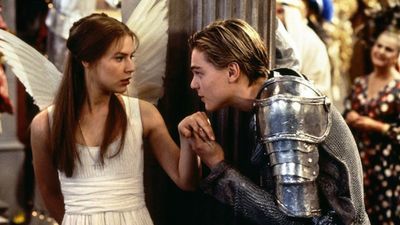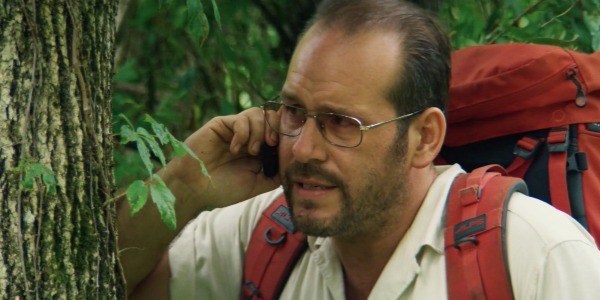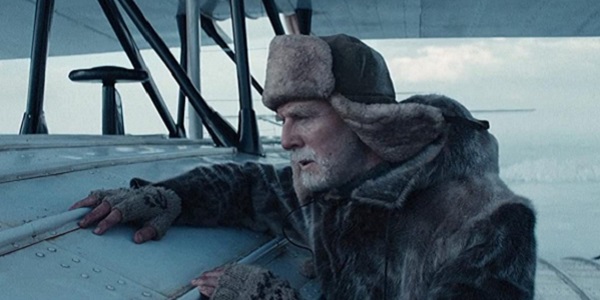What It Takes to Dismantle and Move a 40-Foot Whale Skeleton
For two weeks in October 2020, Nigel Larkin’s truck traveled back and forth between the Hull Maritime Museum and his conservation workshop, several hours away, carrying load after load of precious cargo. There was the large tuna skeleton and assorted whale skeletons, among them a narwhal nearly nine feet long and a sperm whale jaw bone that alone measured some 12 feet. He saved the largest specimen for the final haul: the bones of a 40-foot juvenile North Atlantic right whale, a species now so endangered that there are just an estimated 400 left in the world.
The removal of the bones from the northern England museum for cleaning and conservation marks the early stages of a major renovation, which is part of a broader redevelopment of Hull’s historic maritime sites. The city’s seafaring roots includes its history as a whaling port during the 18th and early 19th centuries. The juvenile North Atlantic right whale—the largest piece in the museum’s collection—was caught with its mother in 1907 off the coast of Long Island, New York. Its skeleton was brought to Hull as part of an exchange involving the University of Cambridge’s Museum of Zoology and New York’s American Museum of Natural History, where it originally resided.
A fellow of the Royal Geographical Society and an affiliated researcher at the Cambridge museum, Larkin also spent five years at London’s Natural History Museum during a career that has seen him excavate nearly million-year-old human footprints in Happisburgh, dig through ancient penguin guano in Antarctica, and take the tail off Dippy the Dino-Star, the beloved diplodocus replica at the London museum that is now on a farewell tour of the United Kingdom (after which it could be loaned to another museum). Larkin’s upcoming projects are similarly outsized: a giraffe and a full-scale replica of a Tyrannosaurus rex.
Atlas Obscura spoke with Larkin after he and his colleague, Phil Rye, finished three straight days of dismantling and transporting the right whale skeleton to Larkin’s industrial workshop in Shropshire.

What are the essential knowledge and skills for your work?
For my job, you need to know anatomy, blacksmithing, welding, conservation, casting, 3D scanning, 3D printing, how to move and package skeletons, and how to build structures that can lift a heavy weight. I have a really large metal gantry that can lift a ton, but that was far too massive and heavy to use in the tight confines of the gallery we were working in this week. So Phil and I had to devise new gantries made of wood that we could assemble in place without smashing any of the display cases around us. You’re constantly adapting and troubleshooting—every situation is unique.
The right whale skeleton is impressive. What were the challenges of disassembling and moving it?
It’s very large but you can take it apart into its constituent pieces. The skull is the largest—luckily that was sawed in half right down the midline soon after it was defleshed. That means we only had to deal with half the skull at a time. The skull is vulnerable to damage because it sticks out at the front and it’s quite heavy. If you hit a bump in the road or have any kind of traffic accident, the skull would sway and have a lot of momentum if you left it attached to the body. So it’s better to take off the skull and put it in a crate on the floor of the lorry. I usually tuck it under the rest of the skeleton, which is held in a special webbing of cotton straps.
The scene today looked like utter devastation. We thought we would be able to just slide the vertebrate off the vertebral bar [which holds the spine in place in natural history displays]—that’s what you normally do. However, at some point in the past they used an incredibly thick, sticky resin to stick all the bones together. It’s not something you would do today, but during the 1970s people did some very strange things in museums, and they were clearly worried about this skeleton falling apart. So we had to get out our small conservation hammers and wooden chisels and drills to try and remove this hard, sticky material between the vertebrae.

Why are whale skeletons important?
First, they illustrate an important phase of Hull’s industrial past. Whaling was important not just to Hull but to the whole nation because of the useful products that were made. The skeletons also remind visitors today that these huge majestic animals are part of our natural indigenous fauna. The museum explains how many species were hunted to near extinction and why we don’t hunt whale today.
Looking to the future, the bones still hold DNA that could be extracted by researchers. North Atlantic right whales are one of the most endangered whale species, and the skeletons are a “bank” of DNA of whales that were alive 100 to 200 years ago. This could be useful in the long-term conservation of such species.
Has the pandemic affected your work?
Not really at all, because I usually work on my own. I’ve got a large conservation facility where I can be working on a mammoth tusk, some dinosaur bones, and then I’ve got the whale bones, so I’ve got plenty to work on there. It’s just me and the bones and the radio.
Do you end up developing relationships with the specimens?
When I go to the Natural History Museum [in London], which I do fairly regularly, they’re all old friends. You’ve worked on them, you know their history. So yeah, they’re like old friends—you spend a lot of time with them.
What would you say are the essential qualities for someone who does the kind of work you do?
Infinite patience. Because a lot of my work is essentially a massive, three-dimensional jigsaw puzzle and you don’t have the picture, especially when it comes to paleontology. Also I would say it’s not about the money. Do what interests you.





